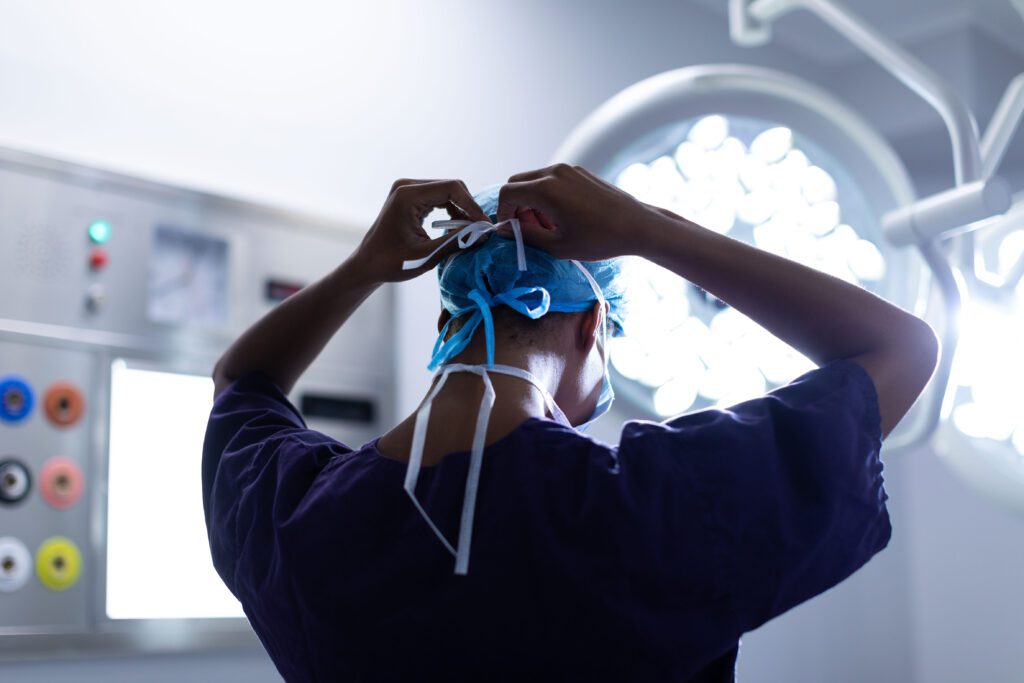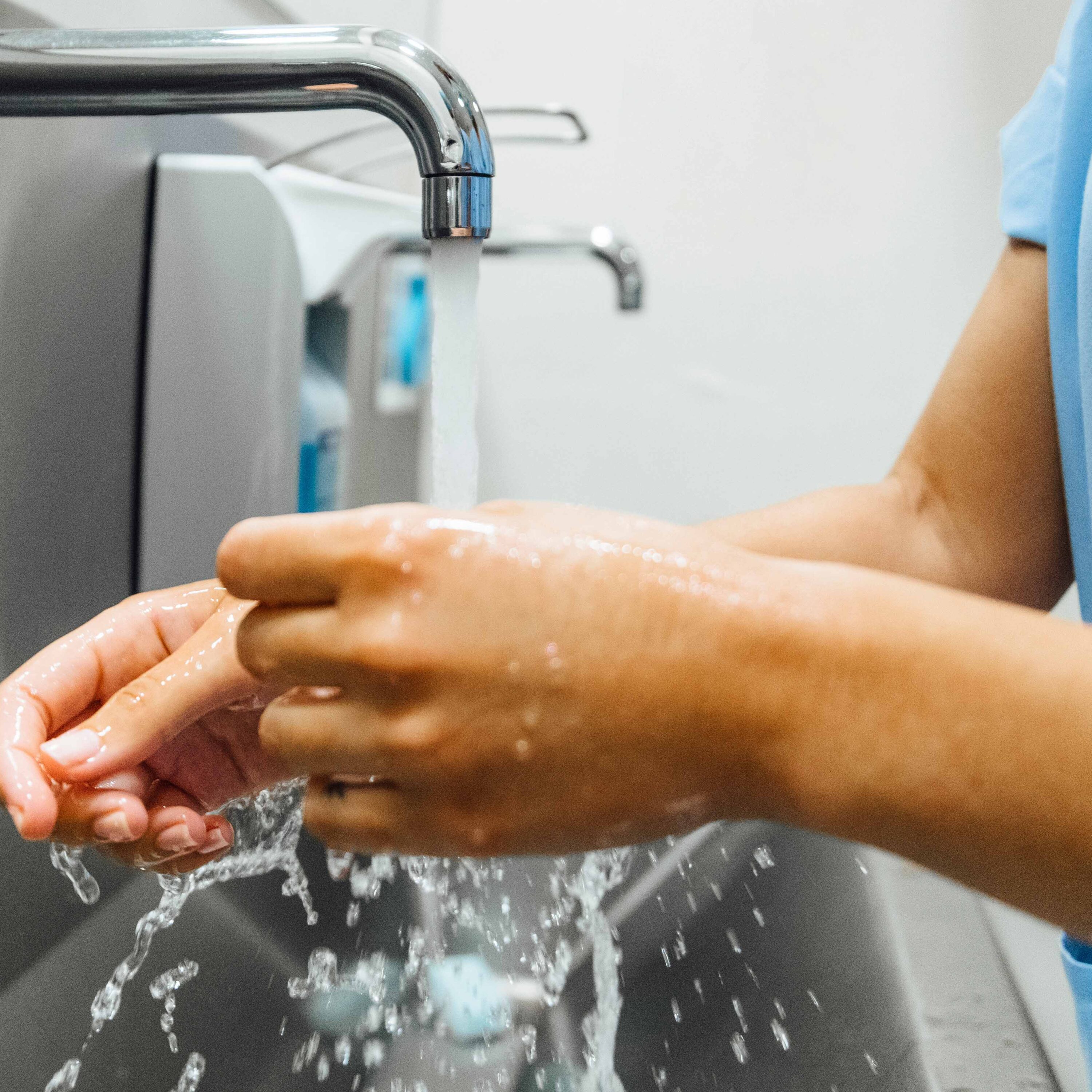Each touch transfers bacteria
Some of the time, this transfer will be reduced thanks to hand washing or gel use. But most of the time, millions of new bacteria will be picked up onto your fingers, and a few million different bacteria deposited onto the surface – the door handle, the worktop, the bed rail, the keyboard, the call button, the desk, the oxygen tap, the phone, the …well…anything and everything your fingers contact in a week.
Now multiply this by the number of doctors, nurses, orderlies, trainees and patients who are also busy touching things and, suddenly, you understand how Healthcare Acquired Infections are inevitable, and how infection control has to go so much further than PPE.
You touch at least 10 things a minute
So what can you do? Well, if you’re a healthcare professional – one of the essential people whose hard work inevitably demands these touches – start with a bit of personal research. Spend the next hour taking note of how often you touch something and you’ll find that you’re transferring bacteria between at least 10 things each minute, on average.
Now make a mental note of what they are – what do you touch most often? What do you touch that isn’t on the ward cleaning routine? What do you touch that your colleagues often touch too? What do you touch that’s old, rough, damaged, dusty, dirty, greasy?
When you have an idea about your own touch routine, think about how you might make it safer. With more hand washing or gel use – not just between patients but also between surfaces, phone calls, screens – whatever you touch most and can quickly hand-clean between.
Your patients and colleagues should do the same, of course, and you could help. Show them this blog, perhaps. Ask, where you can, for more thorough cleaning, and suggest adding new items, areas and routines to the cleaning plan.
Look for infection hotspots
Look around the areas you visit most and check for broken surfaces, damaged corners, cracked tiles or cabinet plinths.
Look inside cabinets and cupboards and check that they have been properly cleaned, or that they can be properly cleaned. Smooth surfaces? No nooks and crannies? Smooth hinges, drawers, shelf brackets?
While you’re inside the cabinet, look at the underneath of the worktop – is the chipboard visible? Worth mentioning to cleaners, because this is a real haven for infection.
If your area has mobile furniture, you might want to point out to a cleaner or supervisor that castors and trolley wheels are frighteningly effective infection transport. Suggest these are added to the cleaning routine if possible.

This is even more worrying
Oh, and one last thing – that ’10 touches a minute’ figure mentioned earlier applies to hospital wards, nurse stations and other general healthcare spaces. What would you guess is the frequency for, say, an anaesthetic room?
It’s up to 4 times greater. 30-40 touches per minute have been recorded by observers, which is about 100,000 contacts a week.
It’s all a touch worrying, wouldn’t you say?


